The boarding process can be a chaotic ballet of luggage, seat assignments, and impatient passengers. For gate agents, it’s a delicate dance of efficiency and customer service, where the goal is to get everyone on board smoothly and on time.
Have you ever wondered what makes the boarding process so complex? Or what strategies airlines use to ensure a seamless departure?
This blog post explores the art of boarding, delving into best practices for gate attendants to optimize the process, improve on-time performance, and enhance passenger satisfaction.
Why Efficient Boarding Matters
Boarding is a critical aspect of airline operations, directly impacting on-time performance and customer satisfaction. A slow or disorganized boarding process can lead to delays, frustration among passengers, and a negative impact on the airline’s overall reputation.
On the other hand, a well-executed boarding procedure contributes to:
- Improved On-Time Performance: Faster boarding means less time spent at the gate, reducing the risk of delays and ensuring flights depart as scheduled.
- Enhanced Passenger Satisfaction: A smooth and efficient boarding experience reduces stress and frustration for passengers, leading to a more positive travel experience.
- Increased Operational Efficiency: Streamlined boarding procedures minimize the workload for gate agents and flight crew, allowing them to focus on other essential tasks.
- Reduced Costs: On-time departures and efficient operations translate to lower costs for airlines, such as reduced fuel consumption and gate fees.

Best Practices for Gate Attendants
Gate attendants play a pivotal role in ensuring a smooth and efficient boarding process. Here are some best practices they can employ:
1. Clear Communication: Effective communication is paramount. Gate attendants should clearly announce boarding procedures, including group numbers, seat assignments, and any special instructions. Using visual displays, such as screens and signs, can further enhance clarity.
2. Organized Boarding Groups: Dividing passengers into boarding groups based on seat location or priority status can significantly streamline the process. This approach minimizes aisle congestion and allows passengers to board in a logical sequence.
3. Prioritize Pre-Boarding: Giving priority boarding to families with young children, passengers with disabilities, and those needing extra assistance ensures a comfortable and stress-free experience for those who require it.
4. Encourage Carry-On Luggage Management: Gate attendants should proactively remind passengers about carry-on luggage restrictions and encourage them to check in oversized bags. This can significantly reduce boarding time and minimize delays caused by passengers struggling to stow their luggage.
5. Manage the Boarding Area Effectively: Maintaining an organized and efficient boarding area is crucial. This includes ensuring adequate seating, clear signage, and crowd control measures to prevent bottlenecks at the gate.
6. Be Proactive and Attentive: Gate attendants should actively monitor the boarding process, anticipate potential issues, and address them promptly. This includes assisting passengers with questions, resolving seating conflicts, and ensuring everyone boards in a timely manner.
7. Utilize Technology: Airlines are increasingly adopting technology to optimize the boarding process. Mobile boarding passes, automated kiosks, and boarding management systems can significantly enhance efficiency and reduce boarding time.
8. Offer a Warm and Welcoming Experience: A friendly and professional demeanor from gate attendants can create a positive first impression and contribute to a pleasant travel experience for passengers. Greeting passengers with a smile, offering assistance, and addressing concerns with empathy can make a significant difference.
9. Constant Evaluation and Improvement: Airlines should continuously evaluate their boarding procedures and seek feedback from passengers and gate agents to identify areas for improvement. Regularly reviewing data on boarding times and passenger satisfaction can help identify bottlenecks and optimize the process.

Boarding Strategies: A Closer Look
Several boarding strategies have been developed to optimize the process. Here are some common approaches:
- Back-to-Front: This traditional approach involves boarding passengers starting from the back of the plane and moving forward. While simple, it can lead to aisle congestion as passengers with window or middle seats need to pass those already seated.
- Window-Middle-Aisle: This method prioritizes boarding passengers with window seats first, followed by middle seats, and finally aisle seats. It aims to minimize aisle congestion and reduce boarding time.
- Random Boarding: Passengers are boarded in a random order, often determined by their check-in time. While seemingly chaotic, studies have shown that random boarding can be surprisingly efficient, as it reduces the likelihood of bottlenecks.
- WilMA (Window, Middle, Aisle): This modified back-to-front approach boards passengers with window seats first on one side of the plane, followed by the other side, then middle seats, and finally aisle seats. It aims to combine the benefits of back-to-front and window-middle-aisle strategies.
The Future of Boarding
The airline industry is continuously exploring innovative ways to further optimize the boarding process. This includes:
- Biometric Boarding: Utilizing facial recognition technology to streamline passenger identification and boarding procedures.
- Self-Boarding Gates: Allowing passengers to scan their boarding passes and board the aircraft independently, reducing the need for manual checks.
- Dynamic Boarding Systems: Utilizing real-time data and algorithms to adjust boarding groups and procedures based on passenger flow and aircraft configuration.
The Role of Passengers in a Smooth Boarding Process
While gate attendants play a crucial role in ensuring a smooth boarding process, passengers also contribute to its efficiency. Here are some things passengers can do to help:
- Be Prepared: Have your boarding pass readily available, ensure your carry-on luggage meets size restrictions, and be ready to board when your group is called.
- Listen to Instructions: Pay attention to announcements and follow the instructions provided by gate attendants.
- Be Patient and Courteous: Boarding can be a stressful process, but it’s essential to remain patient and courteous towards fellow passengers and gate attendants.
- Stow Luggage Promptly: Once on board, stow your carry-on luggage quickly and efficiently to avoid blocking the aisle.
- Take Your Seat: Locate your seat and settle in promptly to allow others to board smoothly.
Conclusion
The boarding process is a complex operation that requires careful planning, effective communication, and efficient execution. By implementing best practices, utilizing technology, and fostering a collaborative environment between gate attendants and passengers, airlines can optimize the boarding experience, improve on-time performance, and enhance passenger satisfaction.
We encourage you to share your experiences with the boarding process.
We’d love to hear from you!
What are your thoughts on the boarding process? Have you encountered any particularly efficient or frustrating boarding experiences? Share your insights and suggestions in the comments below!
Also, don’t forget to follow us on our social media platforms for more travel tips and industry insights.
Catch up on the top stories and travel deals by subscribing to our newsletter!



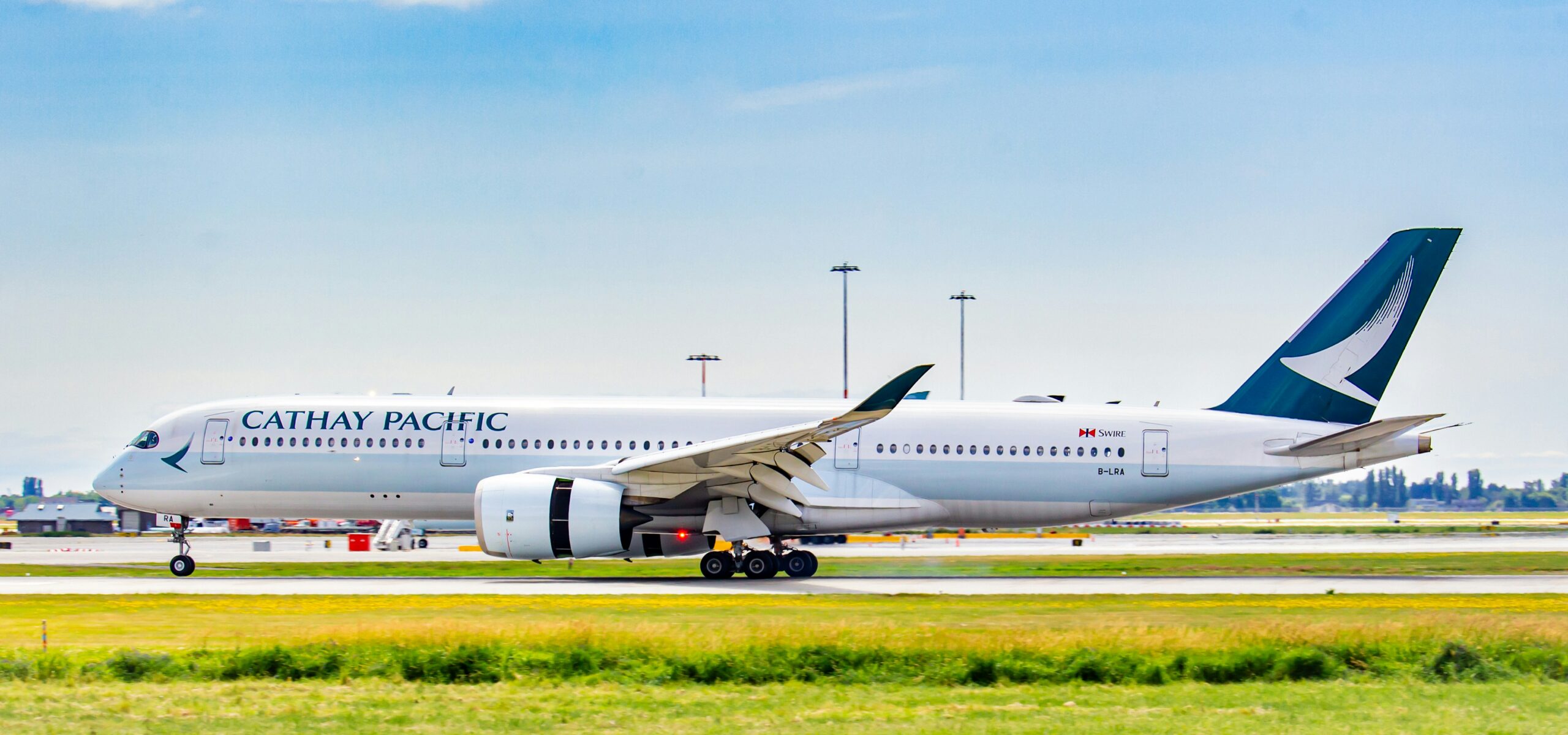
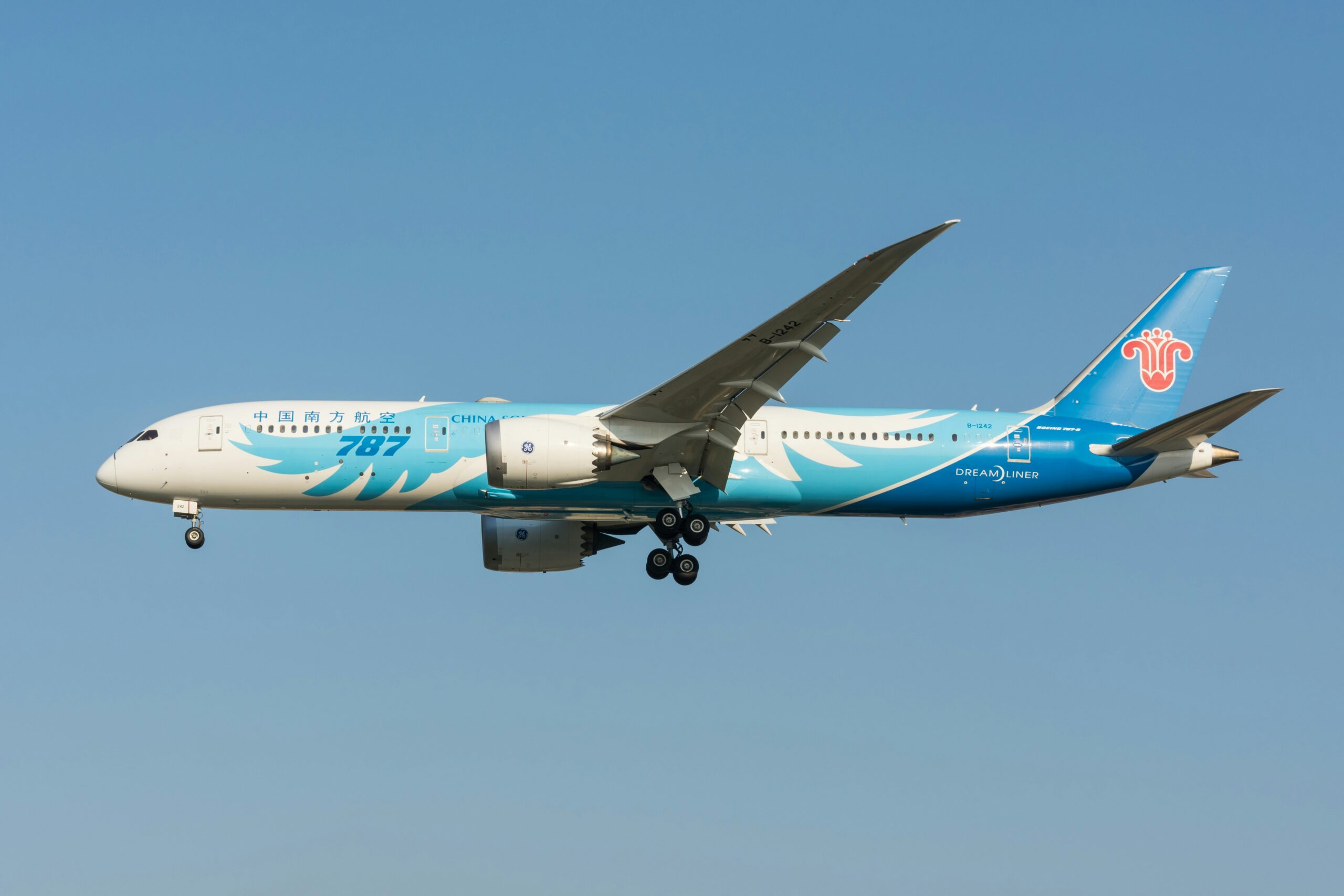
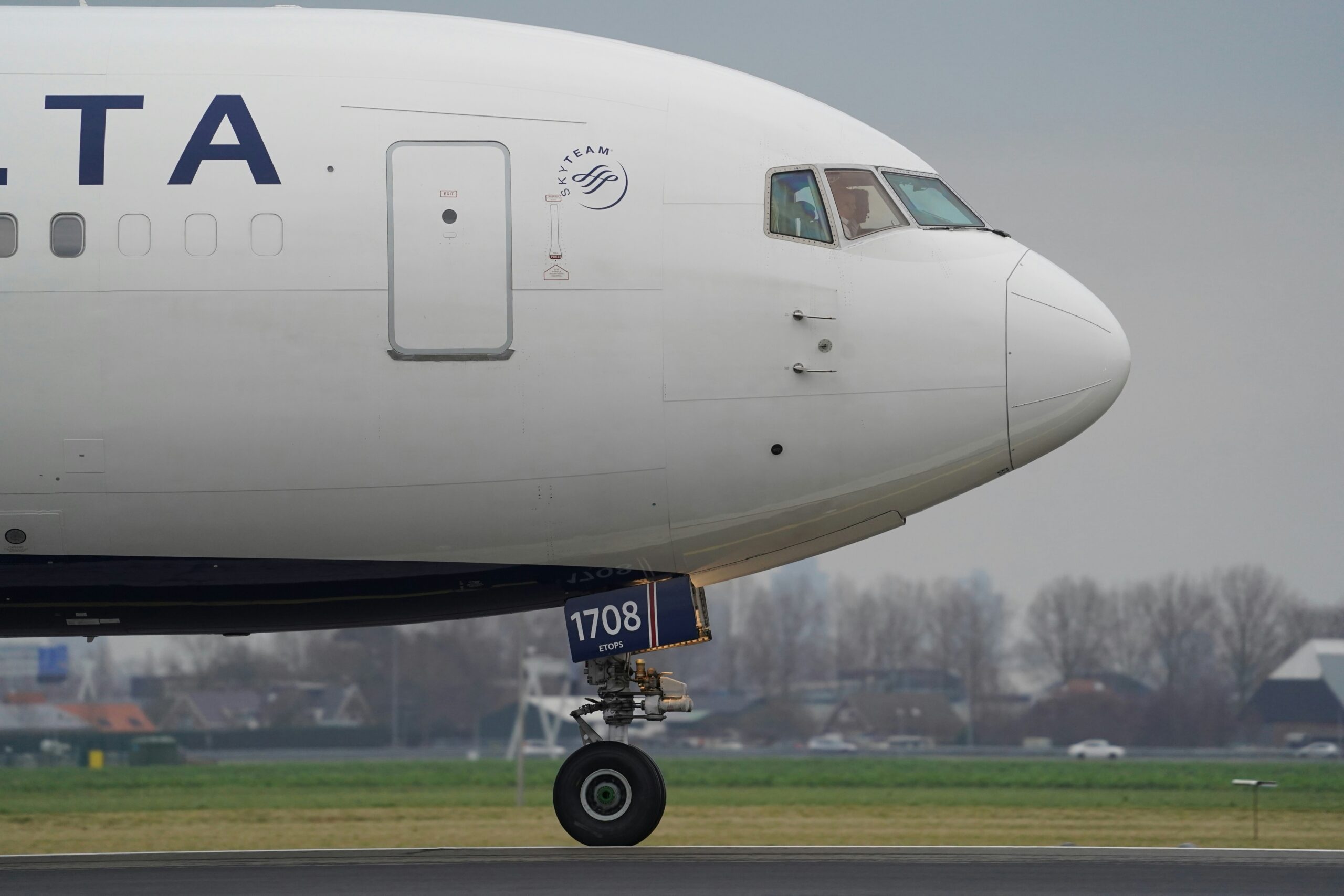
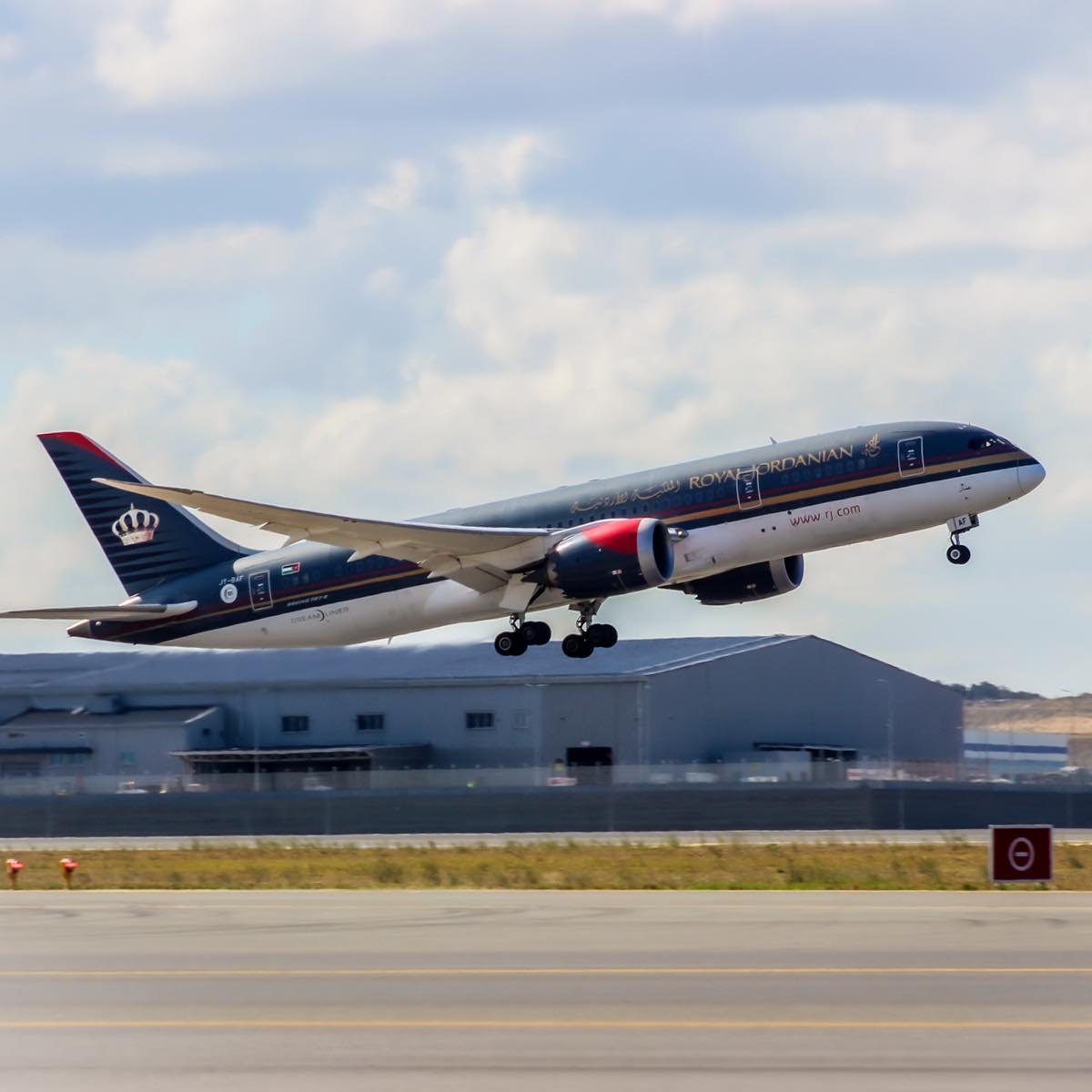
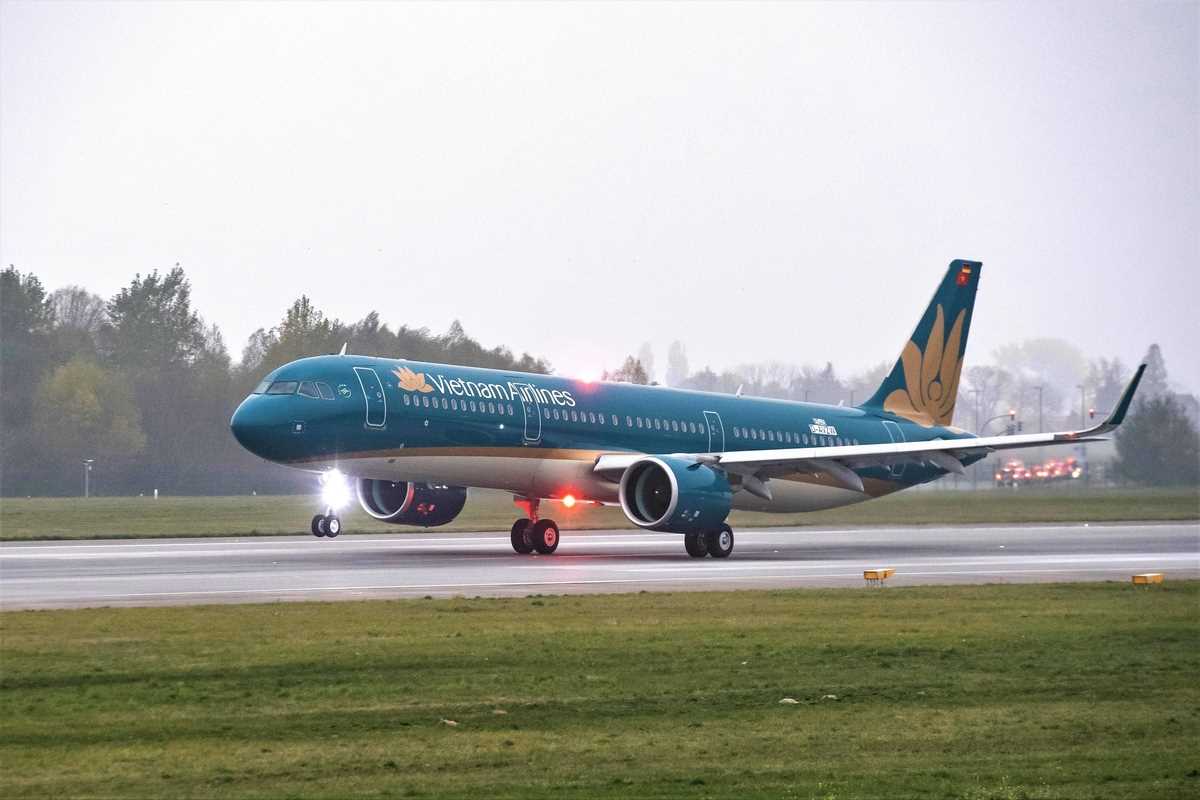

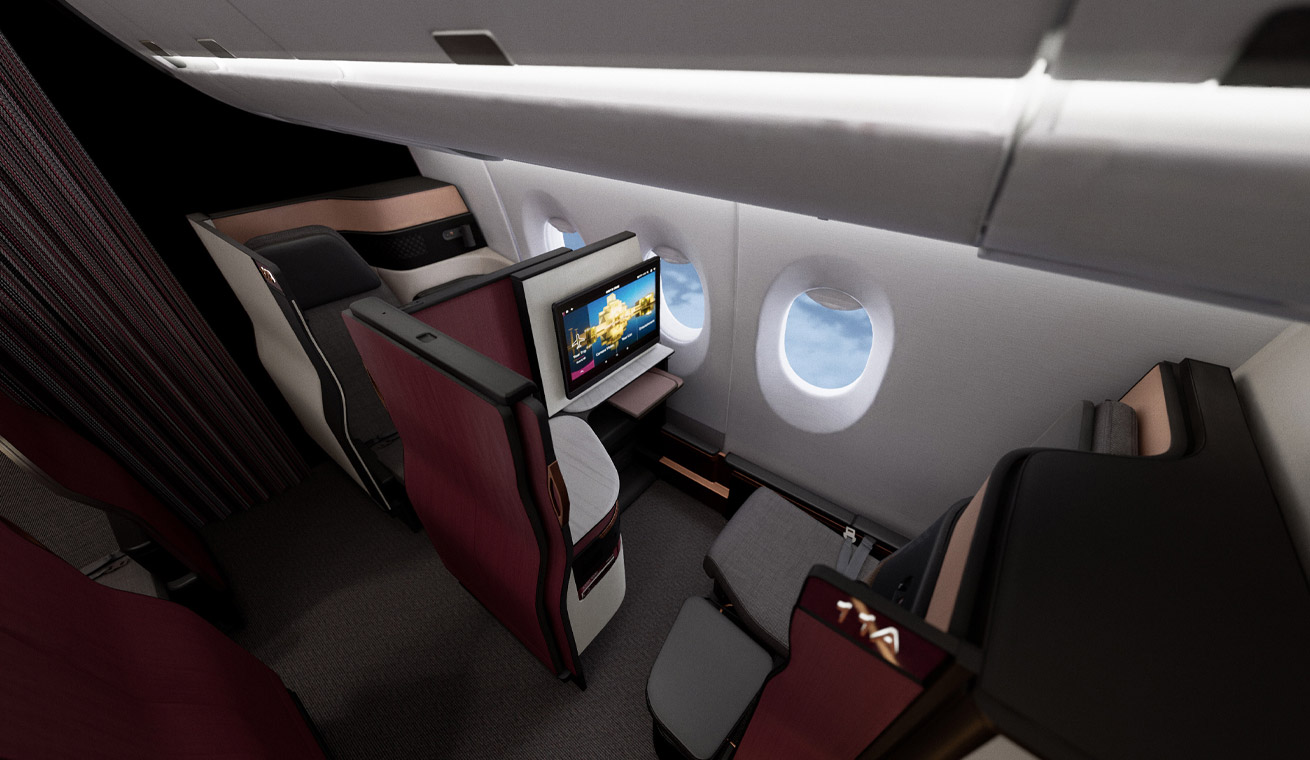


Leave a Reply